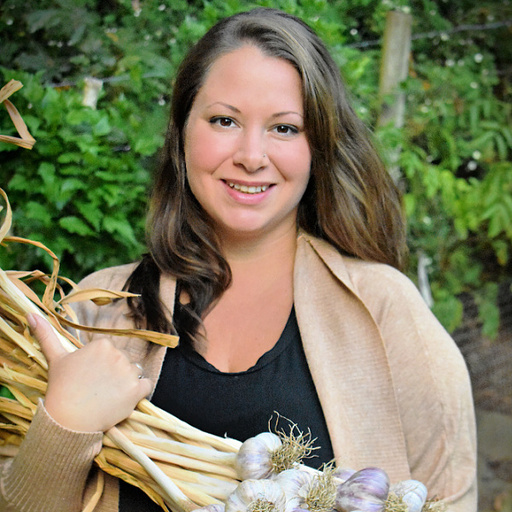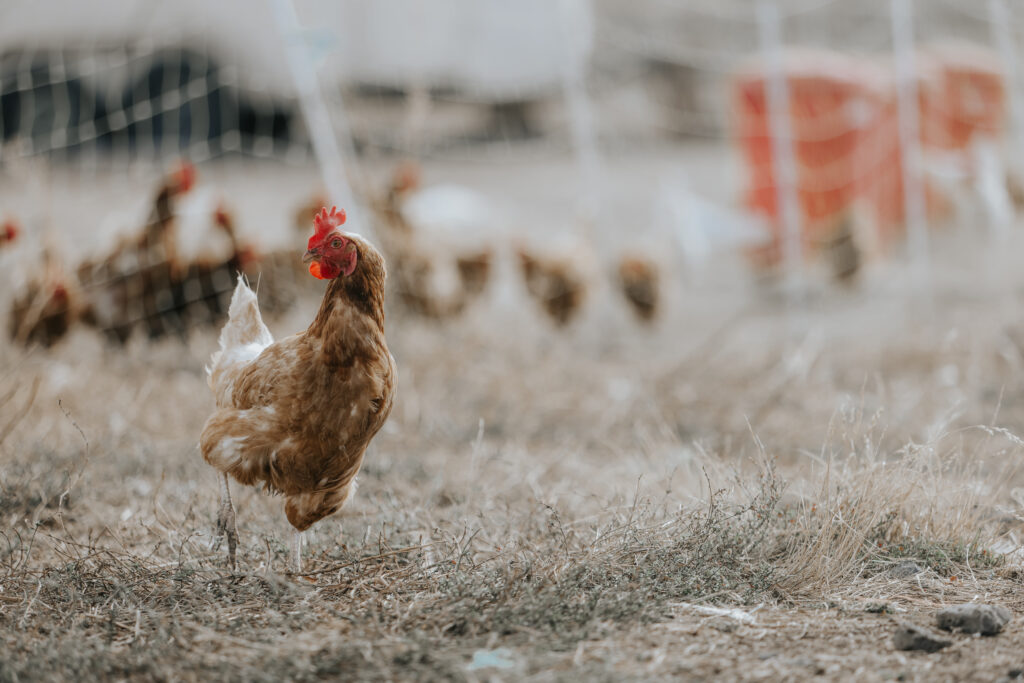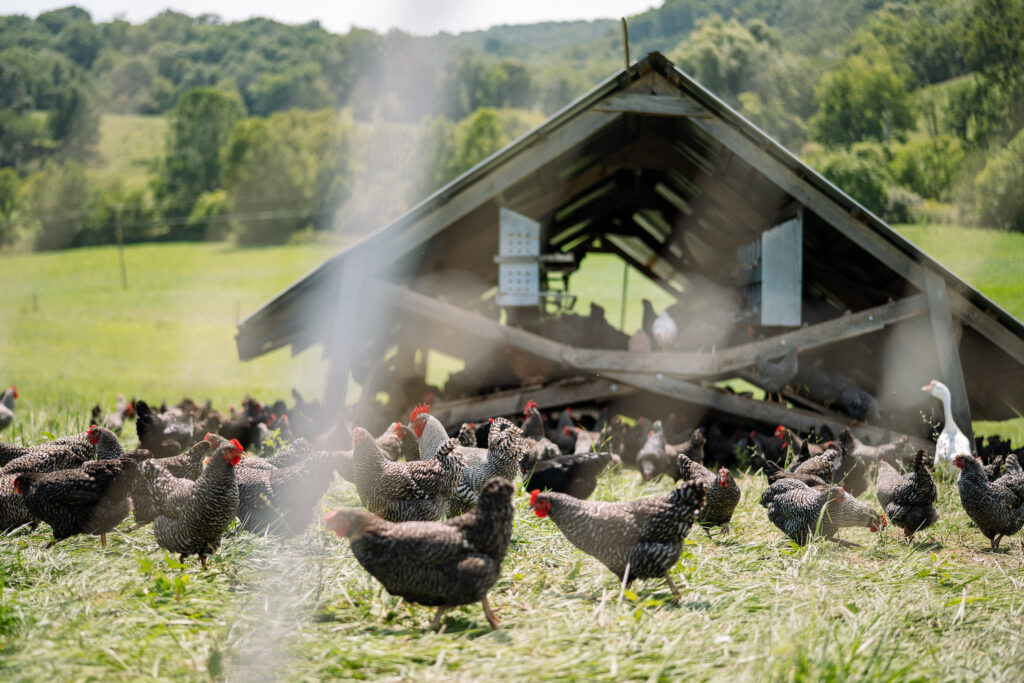Filled to the brim with juicy, vitamin-packed flesh, the hips of a rose plant are an incredibly multi-functional and tasty snack. We can use them for teas, jellies, jams, cooked meals, or even eat them raw (as long as we discard the seeds).
With dozens of available species, how do you know which are the best roses for hips? And what can you even do with them? We are going to dive right into that!
Understanding Rose Hips
The rosehip, also known as rose hep or rose haw, is an accessory fruit of the rose plant. The color is usually red or orange, but it can range from dark purple to black in some species.
Every uncut rose will ultimately develop a hip, but some will appear in the summer and others later in the autumn, depending on the species. Shrub roses and elderly garden roses produce the best rose hips.
It is unnecessary to dead-head (remove wasted blossoms) shrubs and wild roses. Modern roses, on the other hand, (hybrid tea, floribunda, and Grandiflora cultivars) are repeat bloomers and must be dead-headed to keep them blooming. There are plenty of ways to keep a garden going from cuttings, however, so don’t be afraid to trim your plants.
The Benefits of Rose Hips
Rose hips have a delicate fruity flavor and are high in vitamins A, B, and C. The fruit and seeds are both edible. However, we should avoid eating them whole because they grow with prickly little hair inside the fruit. You can filter them out either before or after the drying process.
Besides their flavor, they say rose hips are a high-quality, natural source of vitamin C, with 50% more vitamin C than oranges! It’s even been suggested in several studies that a 5-gram dose of rose hip supplements can help treat and relieve the symptoms of arthritis.
Some other potential benefits of rose hips:
- Help boost the immune system
- High in antioxidants
- Help lower cholesterol and blood pressure
- Reduce inflammation
- Treat diarrhea and stomach ulcers
Best Roses for Hips
Most modern roses don’t have huge or showy hips like old garden roses do. However, plenty of other shrubs and old garden roses grow beautiful and edible hips.
The thing is, some hips are just going to be better for one task than another. That’s not to say that you only have one species around that you can’t use for tea and cooking, but it’s always good to know which types of rose hips will work best.
Best Hips for Tea
The Rose Filipes, or Rambling Rose, produce hips that are the best herb for tea since their fragrance is so lovely and strong. While most regular roses will produce hips, wild roses are more commonly used for making tea. Aside from the Rose Filipes, we can also use:
- Rosa Rugosa
- Rosa Rubignosa
- Rosa Arvensis
- Rosa Virginiana
We’ll likely get more fresh vitamins and antioxidants from fresh rose hips, rather than dry ones, so it’s best to choose hips that don’t have lots of fibers. With that in mind, however, the drying process will not undermine the benefits of tea.
Best Rose Hips for Vitamin C
Interestingly, plants that grow in higher altitudes are said to have higher antioxidant levels, making them ideal for anyone looking to get an extra boost. There is no shortage of immune-boosting goodness, with about 1700-2000 mg of Vitamin C in every 100g dried product.
Ultimately, it doesn’t matter which rose hips you use if your goal is to increase your vitamin and antioxidant intake. Still, we recommend Rosa Canina, simply because it’s functional as a tea and great for jams, jellies, and other culinary treats.
Best Hips for Cooking
The hips produced by the common wild rose, the dog rose, or Rosa Canina, are the best for eating. They produce firm, deep crimson hips with a lovely strong flavor. They’re also easy to find and pick.
They’re typically ripe throughout fall, but the best time to pick them is right after the first frost. Another typical rose that yields tasty and gigantic hips is the Rosa Rugosa or the Japanese Rose. These hips can often become four or five times the size of a dog rose hip! We should also note that though Japanese Roses are great for jams, jellies, and vinegar because they have a higher water content, they’re not ideal for making syrups.
Other hips for cooking with are:
- Sweetbrier Rose (tastes like apple)
- The Burnet Rose has dark purple and black hips (great for a liqueur)
With bigger hips, it’s best to err on the side of caution and remove as many hairs from the inside as possible before setting them aside to dry.

Rose Hips to Avoid
While every type of rose hip is technically edible, it’s best to avoid a select few. This is not because they’re poisonous, but simply because they won’t taste good and, with rotten hips, will make us ill.
If the hips are still green, they will probably have an unpleasant, bitter taste, so it’s best to avoid them or leave them to ripen. On the same note, hips with dark spots or a squishy texture should be avoided, too, as that could show that they have a disease or are just well beyond their “best before.”
We always want to choose hips that are bright in color and have firm (but not solid) bodies.
Also, make sure that any rose hips that you are consuming are not coming from rose plants that have been sprayed with chemicals. Those chemicals were not meant to be ingested.
Why a Rose Plant May Not Develop Hips
If the roses weren’t pollinated, then it’s unlikely they would develop hips. Where there is no pollination, there are no seeds, and where there are no seeds, there is no need for hips. This often happens with hybrid roses because they tend to have a lot more petals, and so the bees have trouble making it to the middle of the rose.
Some roses are not fertile, like some GMO roses, so they can’t reproduce, which also, unfortunately, means no hips. Remember, not all GMO roses or plants are sterile; it’s simply best to be aware of it when planting roses.
Finally, dead-headed roses won’t produce hips, which is why wild shrubs and rose species are better for foraging and growing, as they don’t benefit as much from deadheading as garden cultivars.
Stop and Smell the Roses. Or Eat Them!
Growing a rose plant can be extremely fulfilling, and not only because they look good (and give you the best garden for foraging). They’re an incredibly versatile plant with so much to give, from juicy rose hips to decadent petals.
If you want to take a deep dive study into roses or any medicinal plant, download our free Dog Wood Rose Monograph to get you headed in the right direction. From how and what to plant to how to harvest and dehydrate rose hips. Along with companion planting and flavor pairing tips.
Once you have your dried rose hips, there are so many things that you can do with them. Of course, rose hip jelly is very popular, but here at Farmhouse Teas, we like to use them as tea. Bulgaria is famous for its rose hip tea, as we saw when we adopted our oldest daughter from there. Here is our favorite way to use rose hips in tea.

Ingredients
Ingredients:
- 1 part Hibiscus Petals
- ½ part dried cranberries no sugar/no oil
- 1 part orange peel
- 1 part rose hips
- 1/16 part ginger
- 1 part alma berry
Instructions
Directions:
- In a large bowl, add all of your dried ingredients.
- Mix well and ensure that your dried herbs are blended consistently to ensure that every cup has the same flavor. Remember that smaller bits and dust will like to fall to the bottom while larger bits tend to stay on the top.
- Steep 1 tsp of your blended tea in 6-8 oz of boiling water for 4-5 minutes, then strain.
- Use more or less tea for a bolder or lighter flavor.
Testing and Experimentation
We are working on a test patch of roses specifically for rose hips at our farm at the foothills of the Cascade Mountains in Oregon. We are excited to share our journey in finding the best rose bush for production on the homestead with all of those who want to get the most out of their garden space. We invite you to join our family’s journey not only growing roses but also other herbs, food, and all things homestead over on our YouTube Channel.
CeAnne Kosel is co-owner of Farmhouse Teas with her husband, whom she affectionately refers to as the Farmer. CeAnne and Paul have four adopted children from around the world who participate in their small family-owned business in Oregon. They homeschool, homestead, do home business, and practice herbal medicine at home on their just under 2-acre homestead. CeAnne is passionate about helping others succeed in learning Christian herbalism and achieving wellness through God’s herbs, especially those that can be grown right in your own yard. Find CeAnne and her family blogging at www.GrowCreateSip.com and their families’ fabulous herbal products at www.FarmhouseTeas.com







Leave a Reply